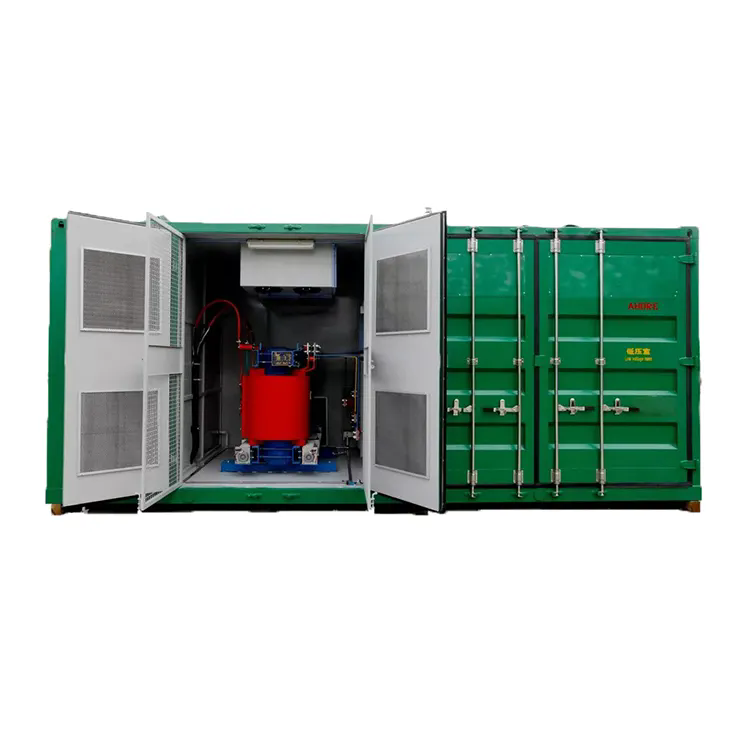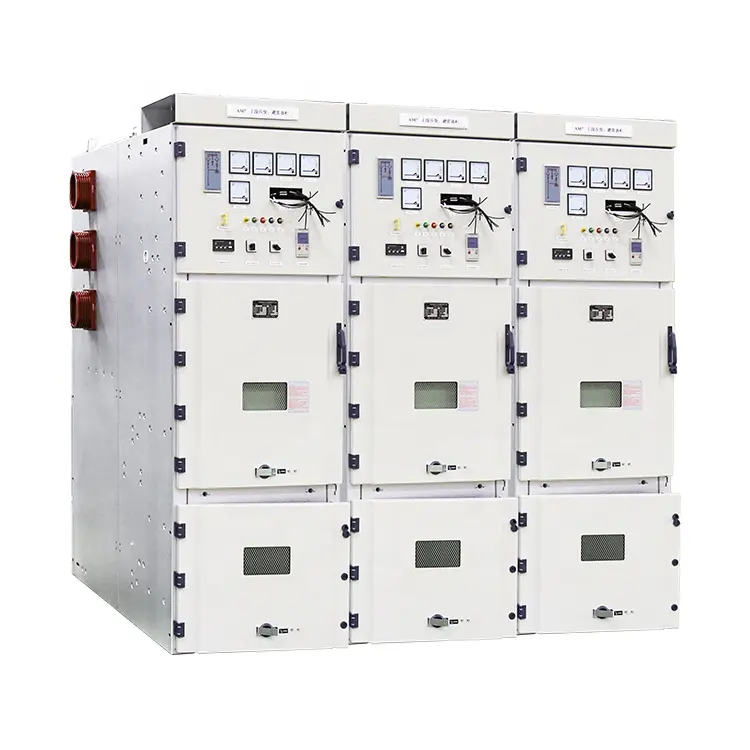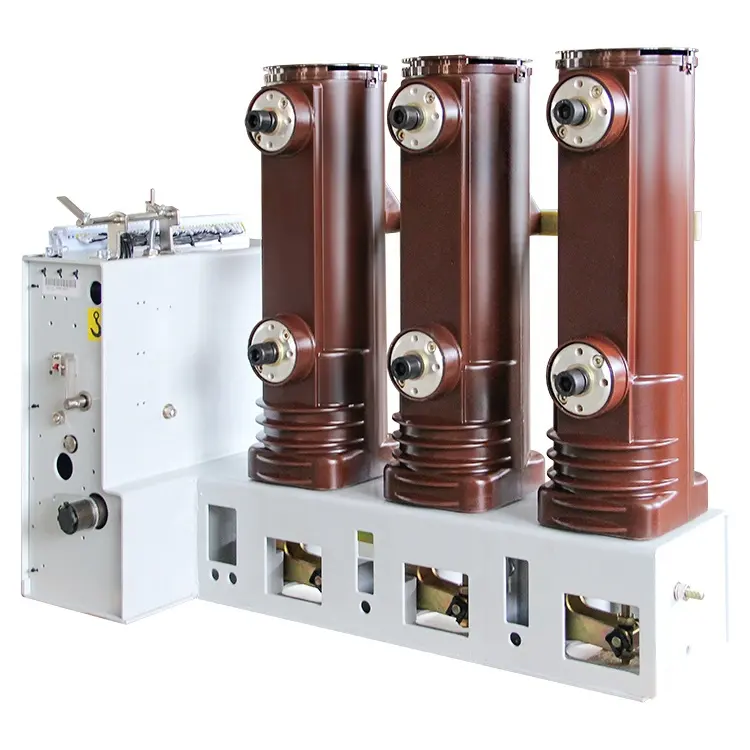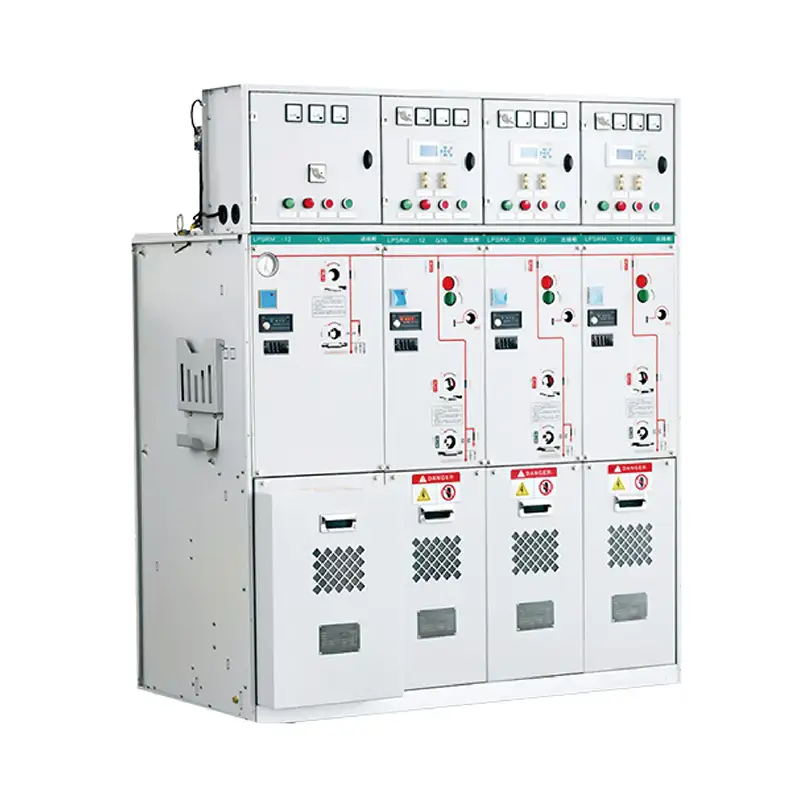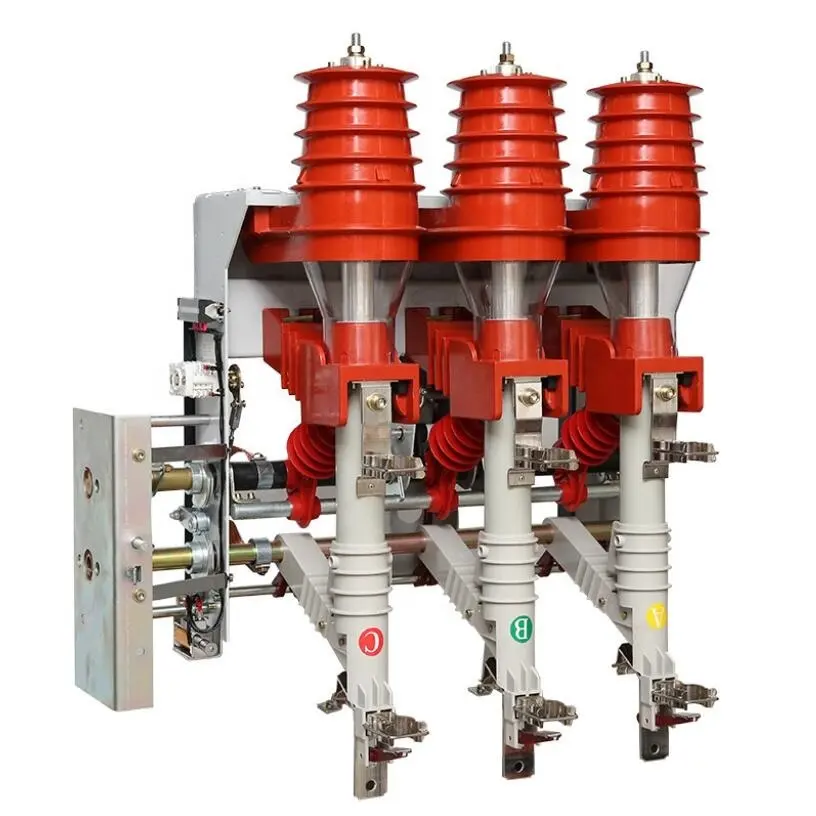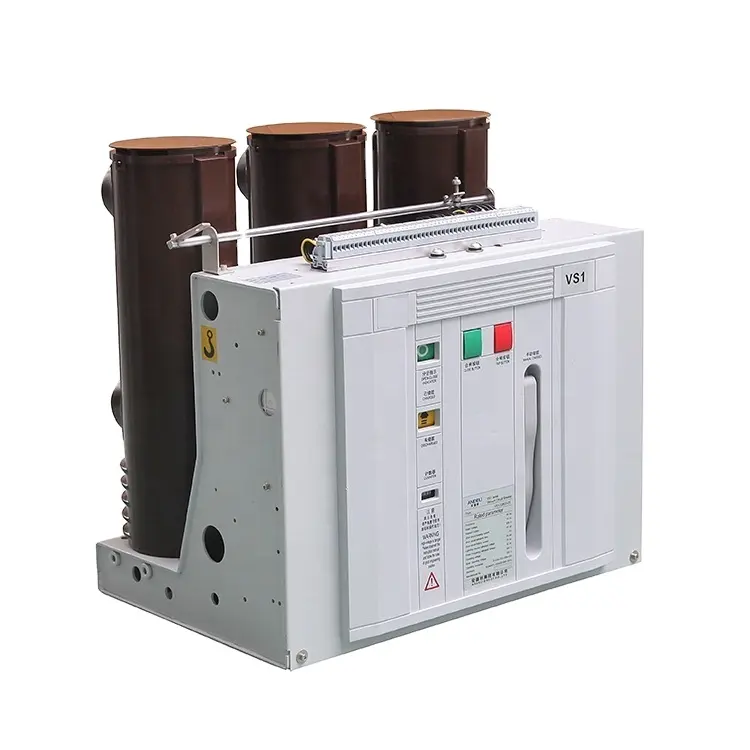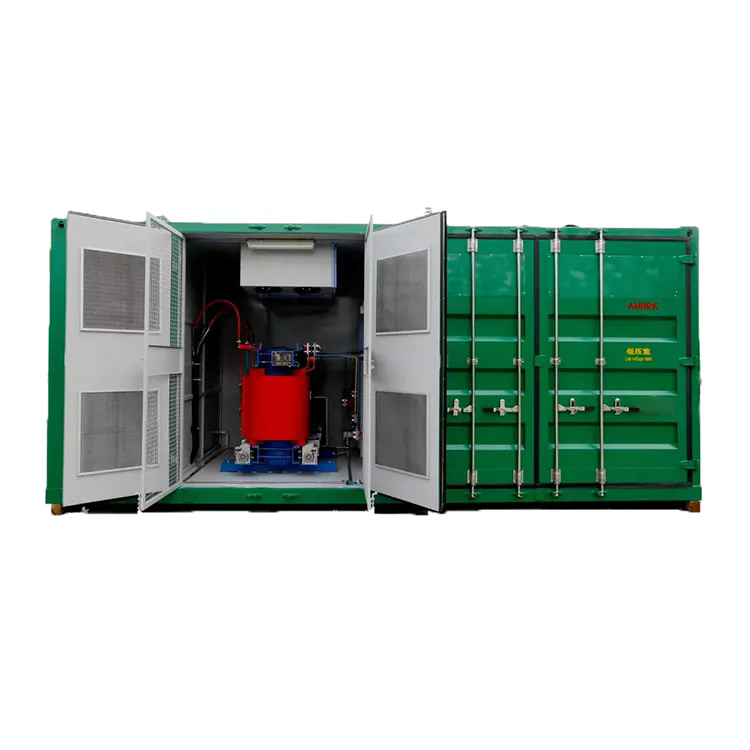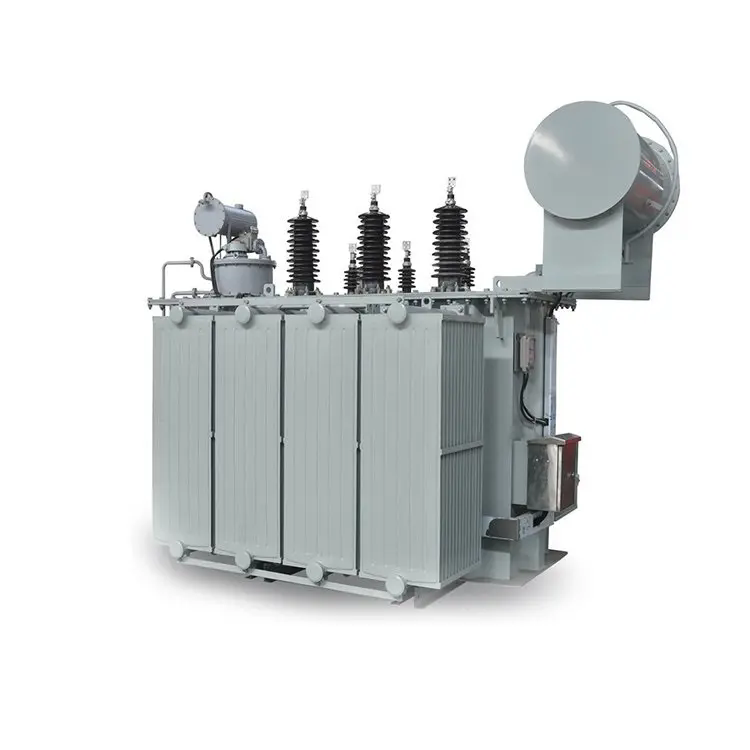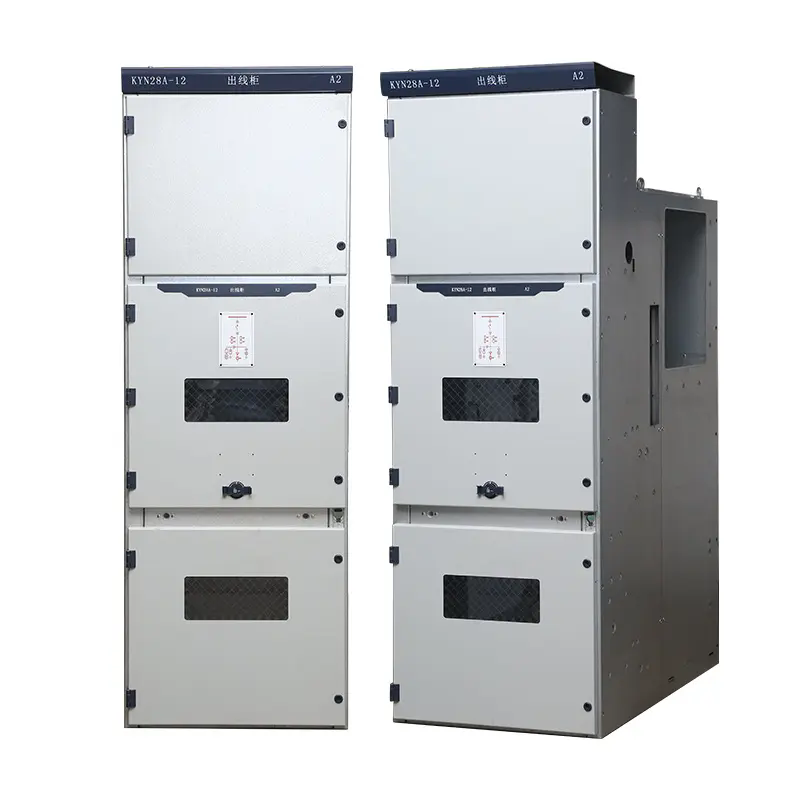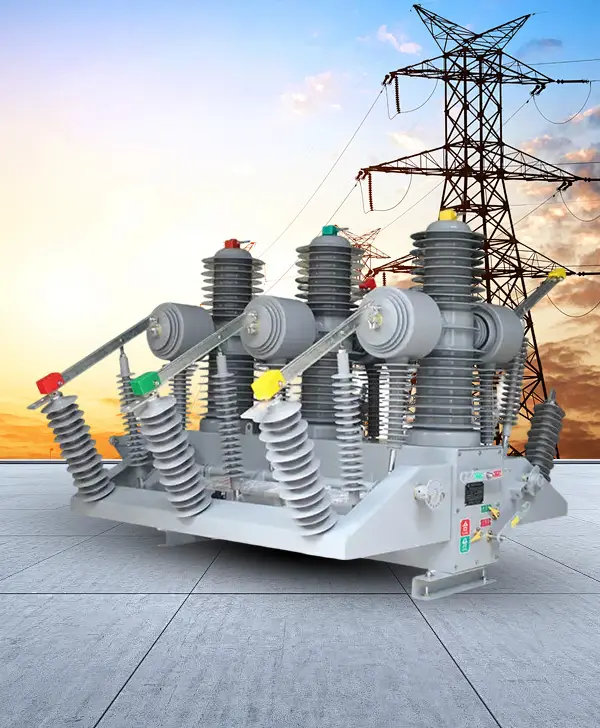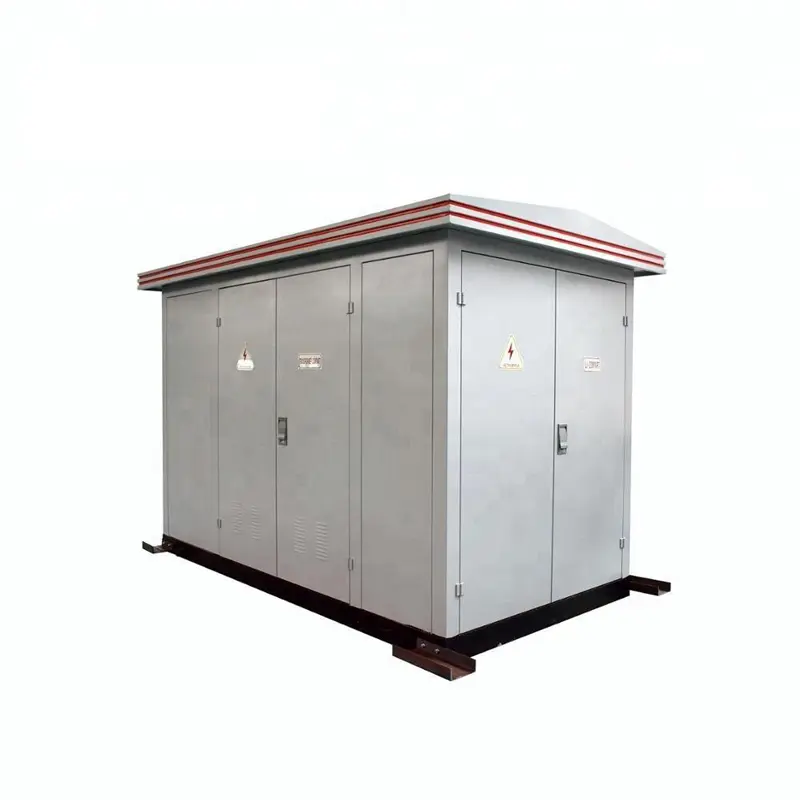Why Is the Compact Substation Revolutionizing Modern Power Distribution?
In today’s fast-paced industrial and urban environments, the demand for efficient, space-saving, and reliable electrical distribution systems has never been greater. One of the key innovations that has reshaped how electricity is managed and delivered is the Compact Substation (CSS). Known for its integrated design and operational efficiency, the compact substation offers a complete power distribution solution in a single, self-contained unit.
What Is a Compact Substation and How Does It Work?
A Compact Substation, sometimes called a Packaged Substation, is an integrated electrical system that combines multiple functions—such as transformation, switching, and protection—within a single enclosure. It is designed to receive medium-voltage (MV) power and distribute low-voltage (LV) electricity safely and efficiently to end users.
Unlike traditional substations that require large areas and multiple components installed separately, the compact substation integrates the transformer, ring main unit (RMU), and low-voltage switchgear into one factory-assembled unit. This design not only saves installation time and space but also enhances operational reliability and safety.
Main Components of a Compact Substation
| Component | Description | Function |
|---|---|---|
| Transformer | Oil-filled or dry-type transformer | Steps down medium voltage to low voltage |
| Ring Main Unit (RMU) | Gas-insulated switchgear | Provides switching, isolation, and protection for MV circuits |
| Low-Voltage Panel | Includes circuit breakers and distribution boards | Distributes power to end users and ensures protection |
| Enclosure | Galvanized steel or stainless-steel housing | Provides weatherproofing, safety, and compactness |
| Cooling System | Natural or forced air ventilation | Maintains optimal operating temperature |
| Protection Relays & Control Units | Advanced digital or electromechanical systems | Ensure fault detection, monitoring, and remote control |
The compact substation typically receives 11kV or 33kV on the input side and delivers 415V or 690V on the output side, depending on the customer’s requirements. It is extensively used in urban power networks, industrial complexes, renewable energy plants, and construction sites.
Why Is the Compact Substation Becoming So Popular?
The growing popularity of compact substations can be attributed to the increasing demand for reliable power solutions in areas where space, safety, and energy efficiency are top priorities.
Key Advantages of Compact Substations
-
Space Optimization
Traditional substations often require separate enclosures for transformers, switchgear, and control systems. Compact substations merge all these components into one robust structure, reducing the footprint by up to 60%. -
Enhanced Safety
Enclosures are designed to be tamper-proof, fire-resistant, and weather-protected. Internal interlocks and insulated compartments minimize risks of electrical hazards. -
Ease of Installation and Maintenance
Since the unit is factory-assembled, site installation is quick and does not require extensive civil work. Maintenance is straightforward, and replacement parts can be swapped easily due to modular designs. -
Improved Aesthetics and Urban Integration
Compact substations are aesthetically designed to blend with urban surroundings, making them ideal for public areas such as parks, malls, and residential communities. -
Reliability and Efficiency
With reduced connection points and integrated components, the system experiences fewer technical failures. High-efficiency transformers and protective systems ensure stable power delivery. -
Environment-Friendly Design
The use of dry-type transformers and eco-friendly insulation gases minimizes environmental impact while ensuring long-term sustainability. -
Cost-Effective Operation
Compact substations reduce both capital expenditure (CAPEX) and operational expenditure (OPEX) by minimizing material usage, land requirements, and maintenance intervals.
How Are Compact Substations Shaping the Future of Power Distribution?
The evolution of compact substations represents a major leap forward in electrical distribution technology. With global trends focusing on smart grids, renewable energy integration, and urban electrification, compact substations are playing a vital role in achieving energy efficiency and grid reliability.
Smart Integration
Modern compact substations are now equipped with Intelligent Electronic Devices (IEDs), remote monitoring systems, and IoT-based control interfaces. These features allow operators to track performance, detect faults, and manage power flow in real time, significantly improving operational transparency.
Renewable Energy Compatibility
Compact substations are increasingly used in solar farms and wind parks, where they efficiently step up or step down voltage for grid compatibility. Their sealed, weather-resistant enclosures make them ideal for harsh outdoor conditions.
Urban Development and Electrification
As cities expand, the need for safe and unobtrusive electrical distribution grows. Compact substations fit perfectly in limited spaces, such as basements, rooftops, or sidewalks, without disrupting city aesthetics or operations.
Digitalization and Predictive Maintenance
Future substations will rely heavily on data analytics and AI-driven diagnostics. Predictive maintenance systems will monitor parameters such as temperature, oil quality, and load variations to anticipate potential failures and extend equipment lifespan.
Sustainability and Energy Efficiency
Manufacturers are developing substations with recyclable materials, low-loss transformers, and reduced carbon footprints. As global regulations tighten around emissions and efficiency standards, compact substations are leading the transformation toward greener power infrastructure.
Product Specifications and Technical Parameters
The following table highlights the standard specifications of SYHF’s Compact Substation range:
| Parameter | Specification |
|---|---|
| Rated Voltage | 11kV / 33kV |
| Rated Frequency | 50Hz / 60Hz |
| Transformer Capacity | 100 kVA – 2500 kVA |
| Insulation Level | 24kV / 36kV |
| Protection Degree | IP54 / IP65 (optional) |
| Cooling Type | ONAN / AN (dry type) |
| Operating Temperature | -25°C to +50°C |
| Enclosure Material | Galvanized or Stainless Steel |
| Dielectric Strength | 50 kV (1 min) |
| Standard Compliance | IEC 62271, IEC 60076, IEC 60529 |
| Communication | SCADA / IoT integration optional |
| Installation | Indoor / Outdoor ready-to-install unit |
SYHF compact substations are engineered to meet diverse market demands, ensuring durability, high protection, and minimal energy losses under all conditions. Each unit undergoes rigorous factory testing before shipment to guarantee superior quality and reliability.
Frequently Asked Questions (FAQ)
Q1: What are the main applications of a Compact Substation?
A1: Compact substations are widely used in industrial zones, residential developments, renewable energy farms, shopping centers, hospitals, and transport hubs. Their versatility makes them suitable for any environment that requires reliable power with minimal space consumption.
Q2: How long does a Compact Substation last, and what maintenance is required?
A2: With proper installation and regular maintenance, a compact substation typically lasts 25–30 years. Maintenance involves periodic inspection of insulation, switchgear operation, transformer oil (if applicable), and ventilation systems. Modern units equipped with monitoring sensors can predict faults before they occur, minimizing downtime.
The Future Outlook and Why SYHF Leads the Way
As the world moves toward smart cities, renewable integration, and sustainable infrastructure, the demand for compact substations will continue to grow. Their modular, digital-ready design aligns perfectly with the modern grid’s needs for flexibility and resilience.
SYHF, as a professional manufacturer and solution provider, has been at the forefront of compact substation innovation. With decades of engineering expertise, SYHF designs each unit with precision, focusing on safety, reliability, and performance. Our substations not only meet international standards but are also tailored to local requirements, ensuring seamless deployment and long-term stability.
If you are planning to upgrade your electrical distribution system or seeking a space-efficient, future-ready power solution, contact SYHF today. Our team of experts is ready to help you design and implement a compact substation system that perfectly meets your energy and operational needs.
Contact us to learn more about how SYHF’s compact substations can transform your power infrastructure into a smarter, safer, and more sustainable system for the future.
- How can an Electrical Substation become the most reliable asset in my grid?
- How Did I Cut Risk And Cost With An Oil Immersed Transformer Upgrade?
- Which Transformer Derivatives Solve Harmonics At EV Fast Charging Sites?
- How Does a Circuit Breaker Protect Your Power System?
- Are You Using the Right Circuit Breaker for Your Application?
- What Makes Dry Type Transformers the Choice for Modern Power Systems?

